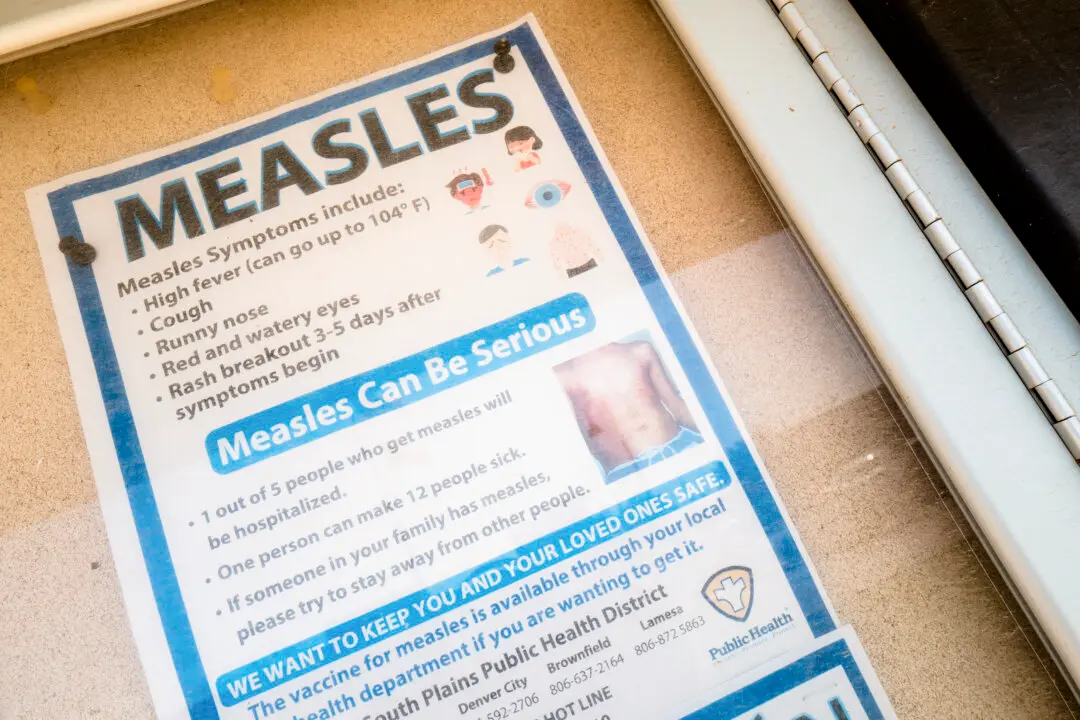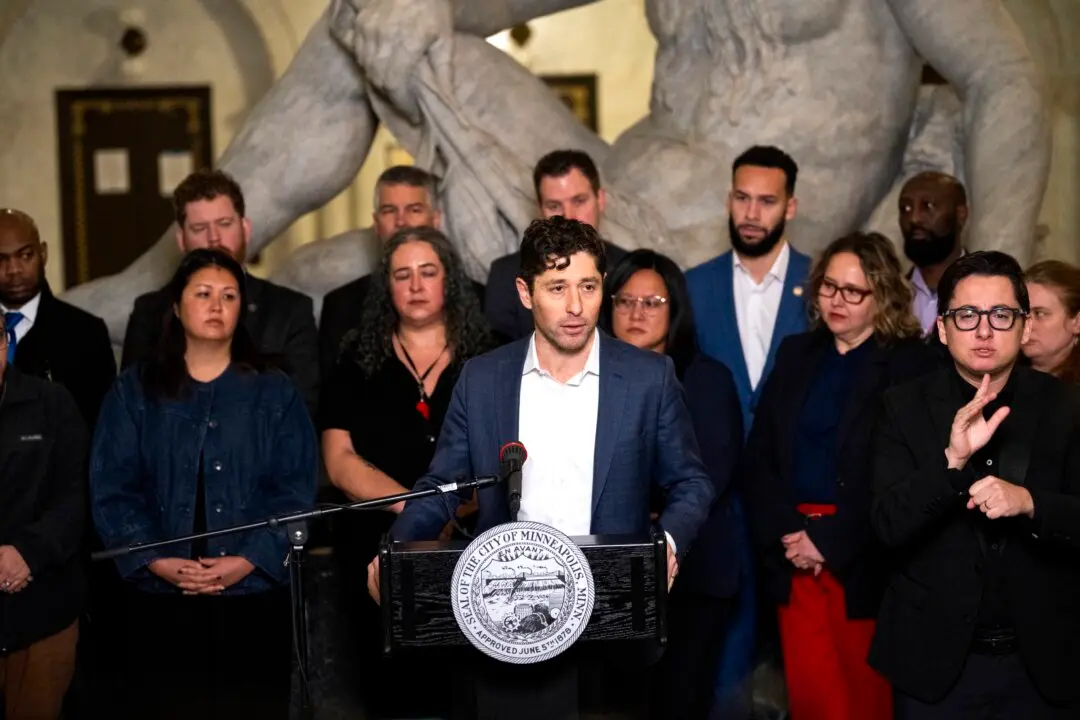A top World Health Organization (WHO) official appeared to hang up on a reporter who asked him twice about Taiwan.
The island, just 80 miles away from China, swiftly dealt with the outbreak of the CCP virus and has few cases of the new illness. Taiwan accused the WHO of ignoring its questions at the start of the outbreak, which the Chinese Communist Party hid from the world for weeks.





